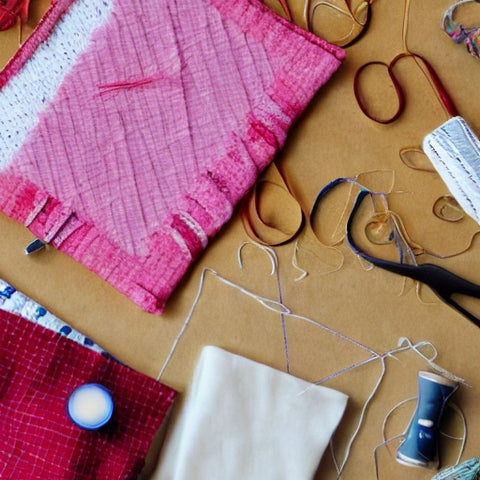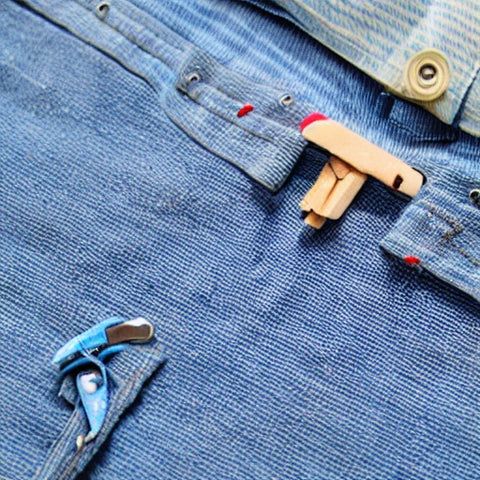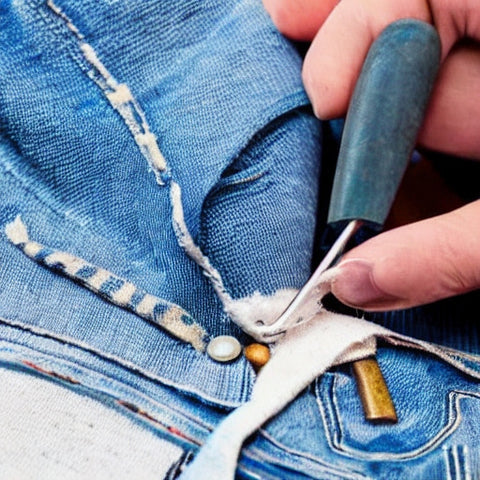Sustainable Fashion: The Art of Stitching Torn Women's Clothes for Longevity
Share
In today's fast-paced and consumer-driven world, the fashion industry has faced criticism for its impact on the environment. As conscious consumers, we can take small but meaningful steps towards sustainable living. One such approach is to mend and repair our torn women's clothes, extending their life and reducing our fashion waste footprint. In this blog post, we will explore the art of stitching torn clothing, not only as a practical skill but also as a way to embrace sustainability and lead a more eco-friendly lifestyle.

1. The Importance of Sustainable Fashion
Sustainable fashion is an integral part of the larger movement towards environmental consciousness. Fast fashion, with its disposable nature, contributes to massive amounts of textile waste that end up in landfills, releasing harmful greenhouse gases during decomposition. By embracing sustainable practices like clothes mending, we can significantly reduce the negative impact of our fashion choices.
2. Rediscovering the Lost Art of Clothes Mending

In the past, clothes mending was a common skill passed down through generations. However, with the rise of fast fashion and the convenience of cheap replacements, this once-thriving tradition has faded away. By rekindling this lost art, we not only contribute to sustainability but also tap into a creative and mindful practice.
3. The Beauty of Imperfection
In the age of perfectionism, we tend to discard clothing with minor tears or flaws. Instead of seeing these imperfections as defects, let's celebrate them as a unique part of our fashion story. Stitching torn clothes adds character and charm, transforming them into one-of-a-kind pieces that reflect our personal style.
4. The Joy of Repairing
Learning to mend torn clothes can be a rewarding experience. It allows us to connect with our garments on a deeper level, fostering a sense of attachment and appreciation for the things we wear. As we patiently repair each piece, we invest time and care, strengthening the bond between us and our wardrobe.
5. Basic Clothes Mending Techniques

a. Sewing Buttons: Loose or missing buttons can be easily replaced, giving a fresh look to shirts, blouses, and jackets.
b. Patching Holes: Small holes in jeans or tops can be patched creatively with colorful fabric, turning them into fashionable accents.
c. Darning Socks and Sweaters: Darning is an age-old technique used to repair holes in knitwear, adding longevity to beloved items.
d. Reinforcing Seams: Strengthening weak seams prevents further damage, prolonging the life of the garment.
6. Stitching with Love, Living Sustainably

By embracing the art of clothes mending, we contribute to a more sustainable world. We reduce our fashion waste, conserve valuable resources, and decrease the demand for new clothing production. With each stitch, we take a step towards a more conscious and responsible lifestyle, making a positive impact on the environment.
Conclusion
Stitching torn women's clothes is more than just a practical skill; it's an empowering and sustainable choice. As we embrace this lost art, we breathe new life into our wardrobe, cherishing our clothes and their unique stories. By living sustainably, we can inspire others to join us on the journey towards a more mindful and eco-friendly fashion future. Let us mend with love and make a difference, one stitch at a time.

























































































